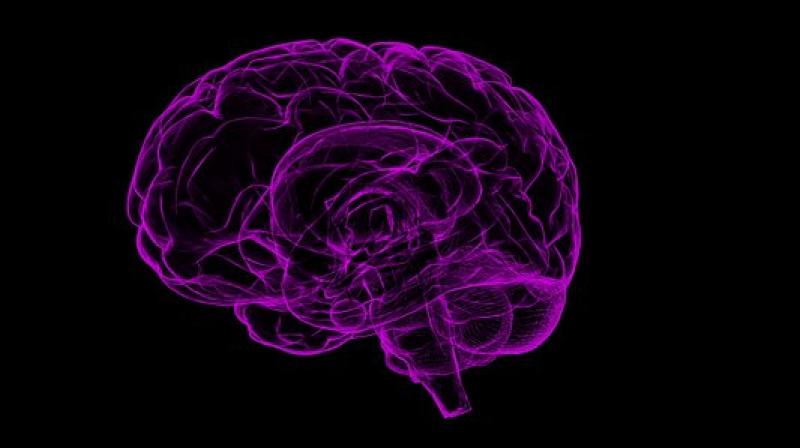Sign language relies on same area of brain as verbal speech, says study
Their report is the first of its kind to prove the association between the two communication forms.

A new study now says that speaking verbally and performing sign language require the same parts of the brain.
According to researchers at New York University, the neural skills needed to perform sign language are similar to those required for speaking out loud.
Their report is the first of its kind to prove the association between the two communication forms.
The new research was published in the journal Scientific Reports.
Speaking about the research, study author Esti Blanco-Elorrieta said, “This research shows for the first time that, despite obvious physical differences in how signed and spoken languages are produced and comprehended, the neural timing and localization of the planning of phrases is comparable between American Sign Language and English.”
Earlier, research has proven that spoken and signed languages have structural similarities. However, scientists did not understand that the same circuitry is responsible for the creation of complicated linguistic structures in speech and sign.
The researchers examined the production of phrases consisting of two words in American Sign Language (ASL) to come to this conclusion.
They studied the speech of two groups of people: deaf ASL signers and English speakers who had the ability to hear.
The ASL signers and the English speakers were shown the same pictures and the researchers found that the participants named them using semantically identical expressions.
In order to study the participants' neurological activity during the experiment the researchers used a brain-mapping technique, called magnetoencephalography, that relies on magnetic fields generated by electrical currents the brain produces.
The study proved that even people who rely on different ariculators - the vocal tract or the hands - use the same areas of the brain.
The researchers behind the new report noted that the similarities between the production of speech and sign go beyond simple likenesses and 'into more intricate processes' and emphasized that the same areas of the brain are used for specific linguistic computations at the same time.

